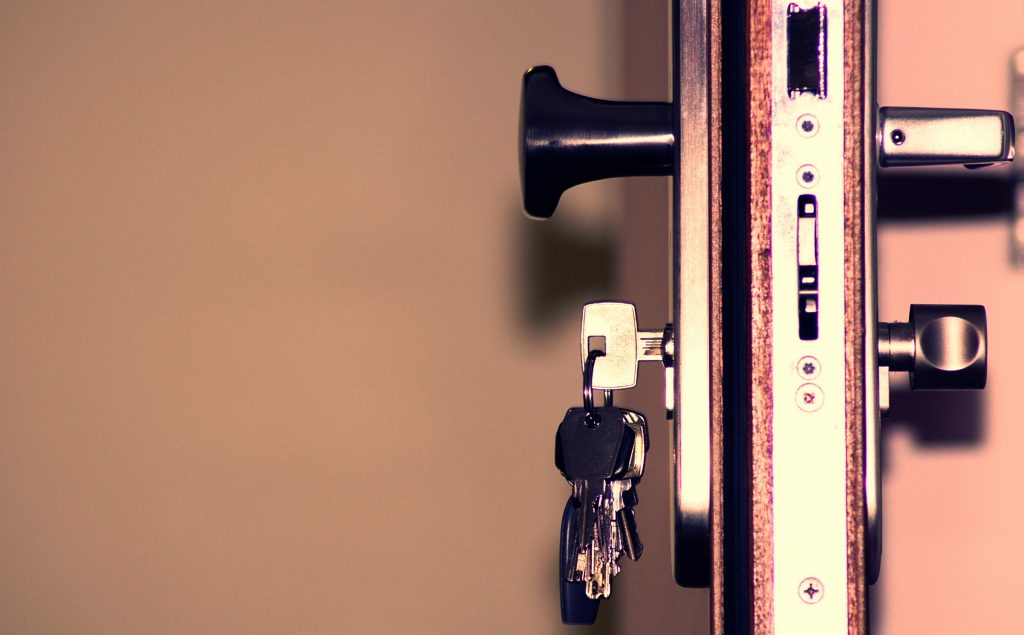
There may be potentially a way for you to put up to $37,500 in a Roth IRA or Roth 401(k) this year. The goal here is to put as much money as possible into a Roth account to take full advantage of the tax-free growth. This is a wonderful strategy for the lucky few who qualify and can take advantage of it. The reality is that your employer-sponsored plan may not allow it. Let us take a closer look at this little-known strategy and how it works.
Understand the Basics
A backdoor Roth conversion is an excellent strategy for the high wage earner to make Roth contributions if they are above the income limitations of a Roth IRA. With this strategy, someone can contribute a max of $6,000 ($7,000 if 50 or older) into a Traditional IRA as a non-deductible contribution and then convert this amount directly into a Roth IRA. There are some additional qualifiers like the pro-rata rule, so discuss this with a tax advisor before completing a backdoor Roth conversion.
The mega backdoor Roth takes this concept to a whole new level. This strategy can allow for an additional $37,500 Roth contribution by taking advantage of the rules with your employer-sponsored plan.
The Factors to Make a Mega Backdoor Roth Conversion Work
There are many moving parts with this strategy as you will see below so consult with a financial planner and tax professional before trying this on your own. Here are the factors to make a mega backdoor Roth conversion work:
1. An employer-sponsored plan (either a 401(k), 403(b) or 457) that allows after-tax contributions. After-tax contributions are generally done after you have maxed out your normal $19,500 ($26,000 if 50 or older for “catch-up” contributions) per year contributions into the plan. The after-tax contributions are separate from your Traditional or Roth buckets. Note special catch-up limits apply to certain participants in 403(b) and 457(b) plans.
2. Your employer allows you to move the after-tax money into the Roth bucket in the plan. The alternative is that the plan allows for in-service rollovers, which would allow you to move money out of the employer-sponsored plan while you are still working. It is best to check with your plan administrator or HR to see if your plan allows either option.
3. You can make large contributions to the retirement account and still have other savings. Remember, these after-tax contributions are above the normal limit to max out your 401(k) contributions of $19,500 or $26,000 if 50 or older. You will also need to have sufficient cash flow to meet your other expenses and have enough savings that are not in the retirement account.
If you have met these three requirements, then you may want to consider using the mega backdoor Roth strategy.
How to Calculate How Much You Can Contribute
For 2020, the plan contribution limit is $57,000, or $63,500 if you’re age 50 or older. For example, assume a worker over the age of 50 maxes out the Roth contributions to the plan for $26,000 and the employer offers a 5% match on contributions based on a $100,000 salary, so they contribute $5,000 as well. This means that the max this person is eligible to contribute for mega backdoor Roth contributions is $32,500 ($63,500 plan max – $26,000 max Roth contributions – $5,000 employer contributions). For a small number of individuals contributing to 401(k) plans, the amount may be less based on non-discrimination tests.
Alternatives to Consider
Before making a mega backdoor Roth conversion or if you are not eligible you may want to explore simpler options first:
1. Make Roth contributions to your employer-sponsored plan (there are no income limits).
2. If this is not possible, or you want to make further Roth contributions use a Roth IRA if your Modified Adjusted Gross Income (MAGI) is under $124,000 (single) or $196,000 (married filing jointly).
3. If you are over the Roth IRA income contribution limits then consider a backdoor Roth contribution. This is where you make after-tax contributions into a Traditional IRA and then convert the contributions into a Roth IRA.
There are some rules about pro-rata so make sure to speak with a financial planner or tax advisor before completing a backdoor Roth conversion.



































